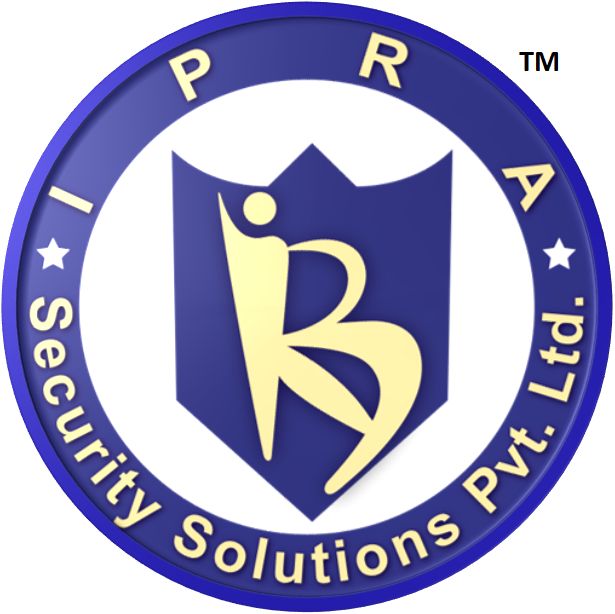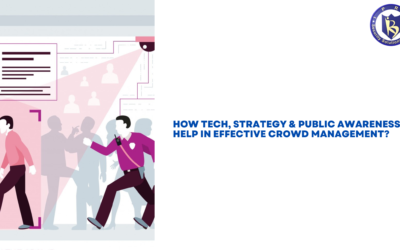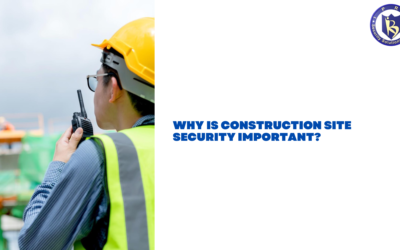Office surveillance systems can be extremely useful to organizations in the modern corporate setting regarding workplace safety and the protection of company assets. Such office surveillance systems can monitor what is going on in various parts of an organization, support confidentiality, and foster an environment of security. Of course, such installations come with shared responsibility and ethical concerns. If not handled properly, surveillance can easily break the trust between employers and employees.
How does an organization balance the need for effective monitoring with a healthy and positive work culture? Let’s delve into some of the best practices followed in office surveillance to ensure that the workplace remains secure but respectful.
Why is Office Surveillance Essential?
Office security cameras, office CCTV systems, and corporate surveillance solutions help maintain safety and security. Such systems act as a deterrent to unwanted activities like theft, unauthorized access, or harassment.
Office security monitoring helps in obtaining evidence in case of any disputes or incidents that may arise. However, while security is of utmost importance, transparency and openness about the monitoring going on in the workplace are essential for trust to be maintained.
From alarm systems in offices to office video surveillance and even office intrusion detection, workplace surveillance systems have come a long way. Such systems may therefore contribute immensely to safety on a premises, while without clear guidelines, they may also become a cause of distress or offend the right to privacy.
Best Practices for Office Surveillance
1. Set Clear Policies and Communicate Transparently
The first and most crucial step in implementing office surveillance is transparency. Employers must inform employees about the existence of corporate security cameras and surveillance policies. Employees should know:
- What areas are being monitored?
- What is the purpose of the surveillance?
- Who has access to the footage?
- How long is the data stored?
A well-documented surveillance policy sets expectations and avoids legal and ethical issues. Make sure that the policy is easily accessible, and consider holding briefings or providing resources like PDFs on workplace monitoring and privacy to help employees understand the system. Here’s an external resource that outlines guidelines for employee surveillance in the workplace read here.
2. Choose the Right Technology for Your Needs
Selecting the appropriate office security systems involves identifying your specific requirements. Depending on the size and nature of your business, you may need a combination of commercial surveillance systems, office access control, and office alarm systems. Consider the following when selecting a system:
- Coverage areas: Ensure that office video surveillance covers high-risk zones like entry points, storage rooms, or areas where sensitive information is kept.
- Scalability: Opt for systems that can expand as your business grows.
- Office security technology: Make sure the technology integrates seamlessly with existing infrastructure, like office monitoring services or office intrusion detection systems.
This allows you to create a tailored office surveillance plan that effectively meets your security needs.
3. Prioritize Data Security
Collecting video footage and data is only half the battle; securing that data is equally important. If your office surveillance solutions involve storing video or logs, ensure that this information is protected from unauthorized access. Consider:
- Encryption: Protect all surveillance data with encryption methods to secure against potential cyber-attacks.
- Limited access: Only authorized personnel should have access to corporate security cameras footage.
- Regular audits: Conduct regular checks to make sure the systems are secure and working correctly.
Data breaches can not only compromise security but also harm your company’s reputation. In addition, following data protection regulations such as GDPR or CCPA is crucial to maintaining ethical standards.
4. Avoid Invasive Monitoring
While security is paramount, it’s important to avoid overreach. Not all areas in the office should be subject to surveillance. For example, restrooms, changing areas, and break rooms should not be under camera surveillance unless there are exceptional circumstances. Installing office surveillance systems in such places can lead to ethical violations and legal consequences.
The balance between security and employee privacy is essential. Implementing office surveillance solutions that are non-invasive yet effective is the key to maintaining a healthy work environment.
5. Regularly Update and Maintain the System
Once your office security systems are installed, the work doesn’t stop there. Regular maintenance of corporate surveillance solutions ensures that the technology stays up-to-date and functional. Outdated systems can leave vulnerabilities that malicious actors might exploit.
- Routine checks: Perform system diagnostics regularly to avoid system failures.
- Software updates: Ensure that the system software is regularly updated to protect against vulnerabilities.
- Physical maintenance: Check the cameras, alarm systems, and access control hardware periodically to ensure optimal performance.
Well-maintained systems will continue to provide reliable security while reducing the risks of technical glitches or failures.
IPRA Security Solutions: Your Trusted Partner in Office Surveillance
At IPRA Security Solutions, we understand the importance of safeguarding your workplace while respecting your employees’ privacy. We offer comprehensive office surveillance solutions customized to meet the specific needs of your business. From office CCTV systems to office access control and office security technology, our commercial surveillance systems are designed to enhance security while ensuring compliance with data protection laws.
FAQs About Office Surveillance
Q1. Is it legal to install surveillance cameras in the workplace?
Yes, it is legal to install office security cameras in most regions as long as employees are informed and the monitoring doesn’t invade personal privacy, such as in restrooms or personal spaces.
Q2. How can office surveillance improve workplace safety?
Office surveillance enhances safety by deterring theft, monitoring entry points, and offering video evidence in the event of an incident, ensuring employees feel secure in their environment.
Q3. How long should video footage from office surveillance systems be stored?
Video recordings must be retained for a period of time deemed reasonable by the organization. It could be anywhere from 30-90 days, according to its internal policies and reasons for surveillance. Make sure you do not violate data protection rules while storing the video recordings.
In conclusion
Office surveillance needs thoughtful security concerning the degree of privacy employees should be permitted to have. Strict policies, optimum technology, and openness in handling the workers are needed to create a safe workplace for all parties involved.
An additional means of efficiency of office surveillance solutions results from frequent upgrading of systems, and a focus on security concerns in relation to data. With careful thought and consideration, businesses can keep the assets they are entrusted with as well as maintain trust and respect around them.
Related Reading
Best Crowd Management With Tech, Strategy & Public Awareness
Managing large crowds at events is a complex task that requires the integration of advanced technology, strategic planning, and public awareness. This blog brings you info about the latest innovations for the best crowd management, and the importance of public...
Why Is Construction Site Security Important?
The construction site is probably the busiest place in terms of lots of activities, much heavy machinery, and valuable equipment. However, this area may attract unwanted attention from thieves, vandals, and people without permission. Protecting such sites is not just...
How Can Crowd Control Techniques Help Your Business?
Managing large crowds is important, especially for business managers who host events, get enormous foot traffic in business, or maintain public safety in congested areas. Properly executed crowd control techniques make all the difference when it comes to the success...





Recent Comments